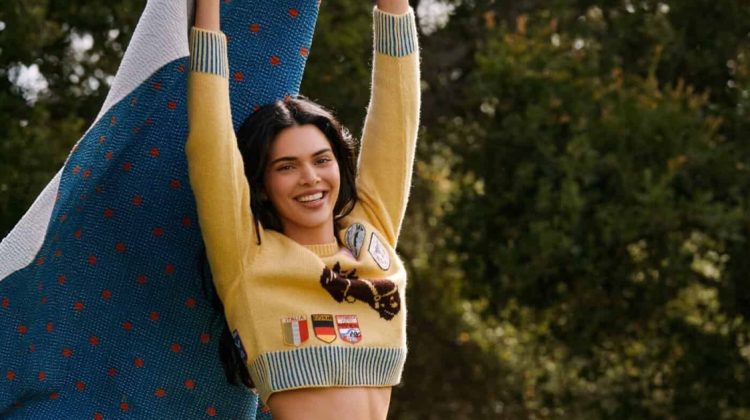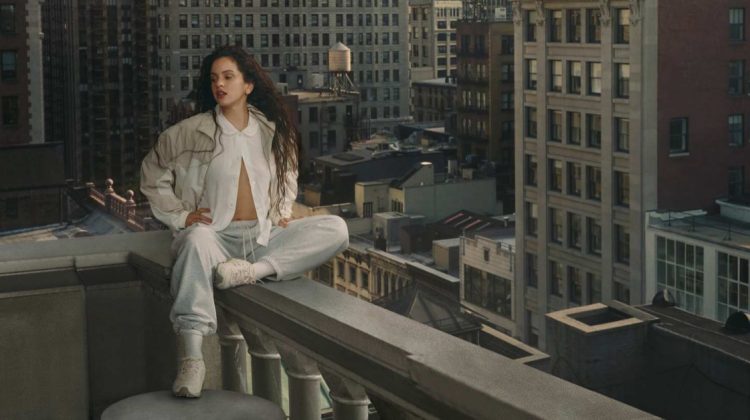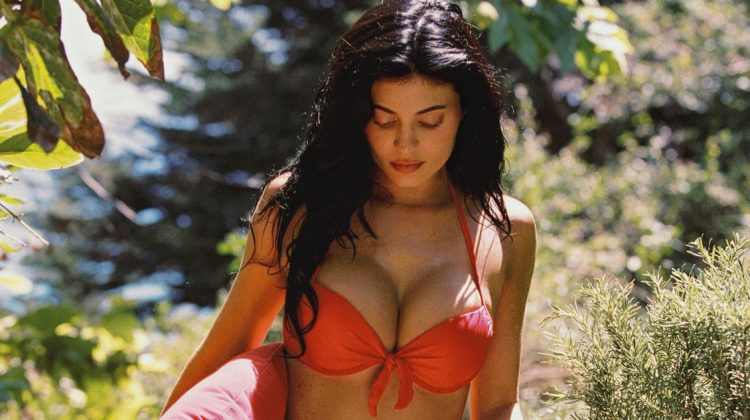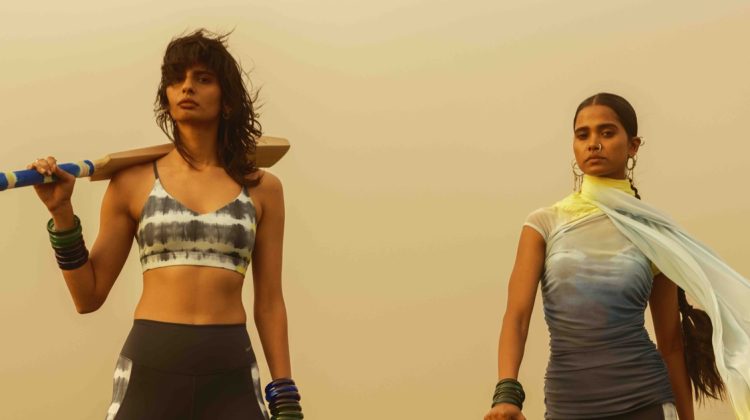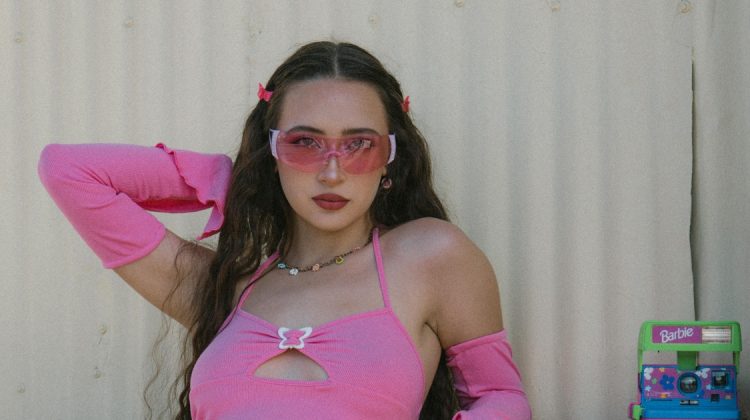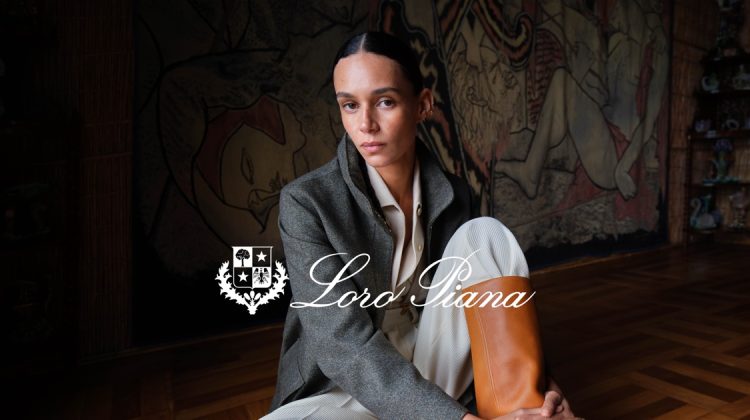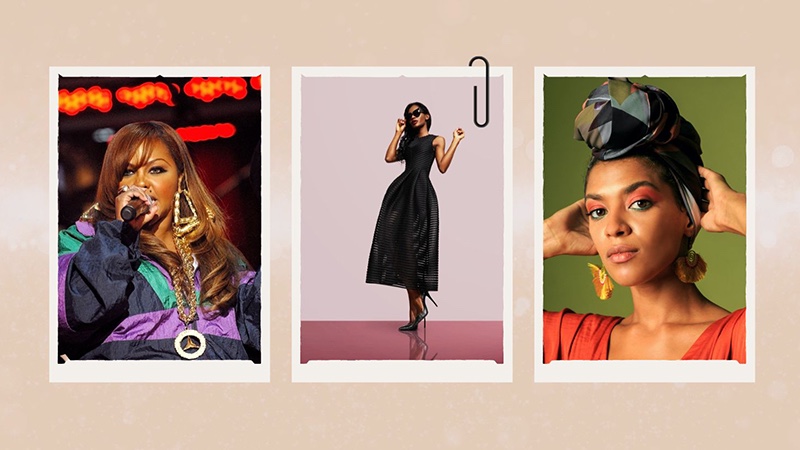
Black fashion and history have woven a rich tapestry of influence and inspiration that affects contemporary style. From the underground currents of past decades to the forefront of today’s fashion scene, the journey of Black heritage in clothing is a rich one full of creativity.
Black culture has a profound impact on style and an undeniable role in shaping modern trends. This story is further enriched by the contributions of Black models and designers, whose innovation and vision continue to redefine the boundaries of fashion and beauty.
Black Fashion & History Overview
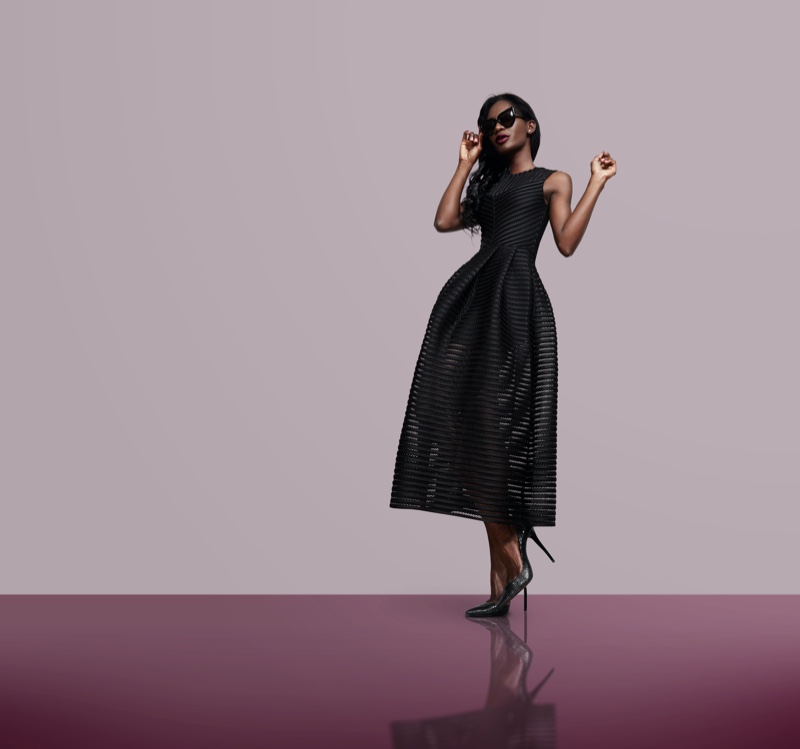
In America, fashion for Black people has had an evolution steeped in oppression, resilience, and resistance. During the era of slavery and emancipation, African Americans were provided with plain, coarse clothing and very few options.
As the decades went on, people began to reclaim their autonomy through dress as the early 20th century saw a new class of Black people gain wealth.
This evolution laid the groundwork for a rich tradition of expressive fashion that would play a critical role in cultural identity and political movements.
The Harlem Renaissance
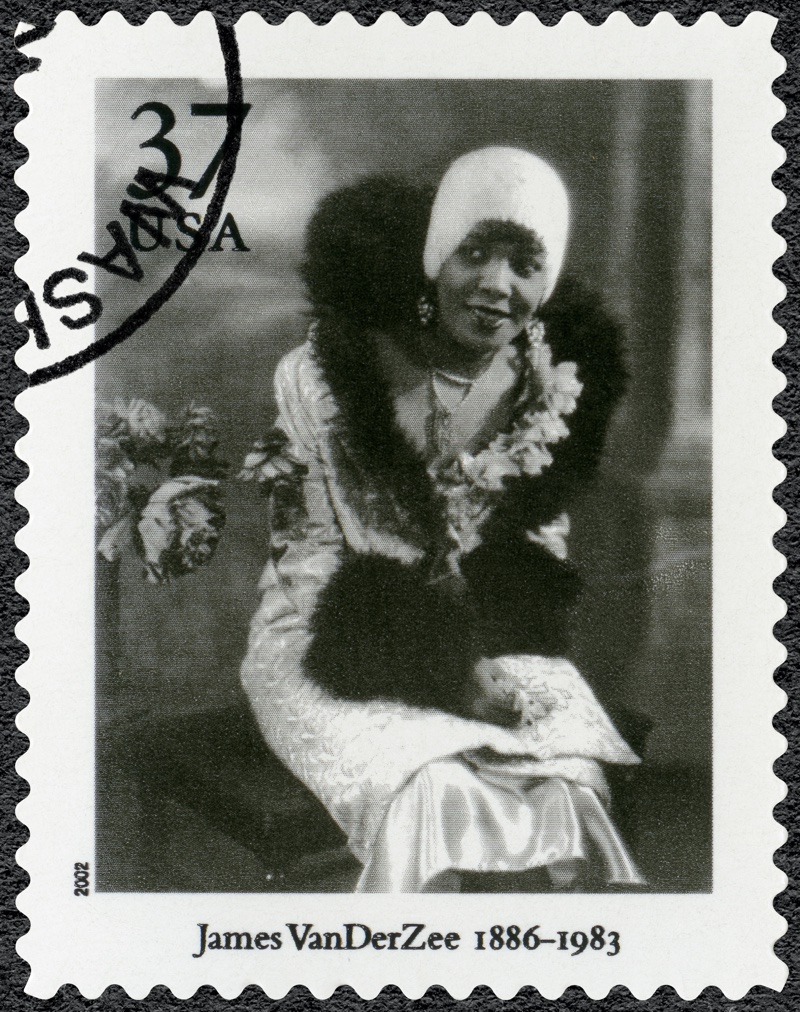
The Harlem Renaissance is a vibrant period of African American cultural history that took place in the 1920s and 1930s, not only revolutionized music, literature, and art but also left an indelible mark on fashion.
This era, centered in Harlem, New York, witnessed a bold assertion of African American identity mirrored in the emerging distinctive styles. Fashion during this time was known for channeling the grandeur of the Jazz Age, embodying a unique blend of sophistication and artistic expression.
Women embraced the flapper aesthetic with a twist, incorporating beaded dresses, feathered headbands, and fur coats, radiating glamour and liberation. On the other hand, men often donned loose-fitting suits with long jackets and high-waist trousers, accessorized with wide-brimmed hats, showing a blend of style and defiance. This style would later evolve to be the famous zoot suit.
1920s fashion icons like Josephine Baker would inspire women’s fashion thanks to her short hair and famous banana skirt. The use of vibrant colors and intricate patterns paid homage to African heritage, while the silhouettes reflected contemporary trends of the time.
The Role of Fashion in Black Social Movements
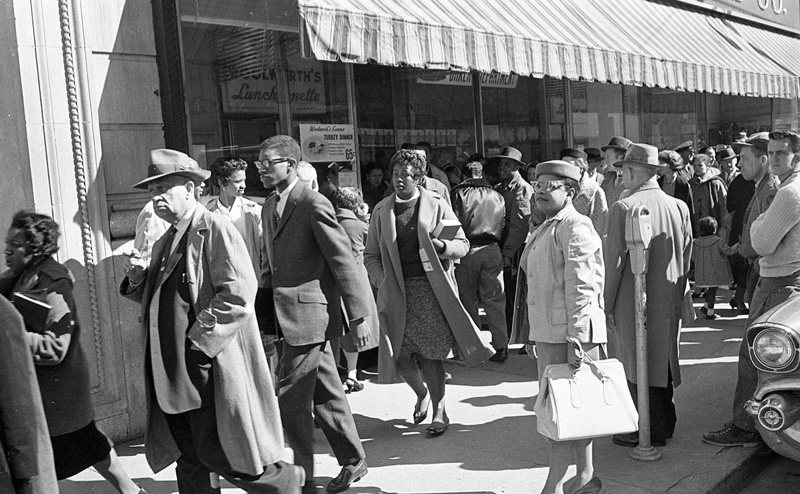
Fashion has played a pivotal role in Black social movements as a powerful tool for self-expression, resistance, and identity affirmation. Throughout Black history, clothing has transcended mere aesthetics to become a political expression and solidarity medium.
From nonviolent civil rights protestors to the Black Panthers’ berets and leather jackets symbolizing unity and strength, fashion has been instrumental in conveying messages of liberation and equality.
Fashion as a Form of Protest and Identity
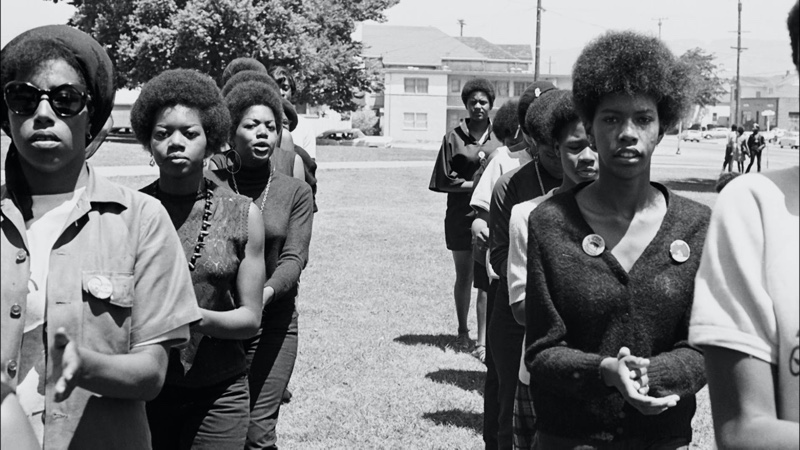
During the Civil Rights Movement during the 1950s and 1960s, the nonviolent protestors dressed in their Sunday best. Men donned sharp suits and ties as a form of armor, while women wore dresses and hats, echoing the respectability and dignity of their cause.
This calculated approach to dress aimed to convey a clear message: Black Americans deserved rights and respect equal to white citizens.
In contrast, the Black Power Movement from the 1960s and 1970s encouraged a bolder sartorial statement that embraced cultural heritage and strength. The dashiki, with its vibrant colors and African patterns, became a symbol of African heritage.
Meanwhile, the powerful imagery of the black leather jacket, beret, and raised fists became associated with the Black Panthers. Natural hairstyles such as the afro defied society’s standards of straightened hair.
This style was unapologetic and commanding, representing a departure from the pursuit of integration to one of empowerment and self-determination.
The Evolution of Hip-Hop Fashion
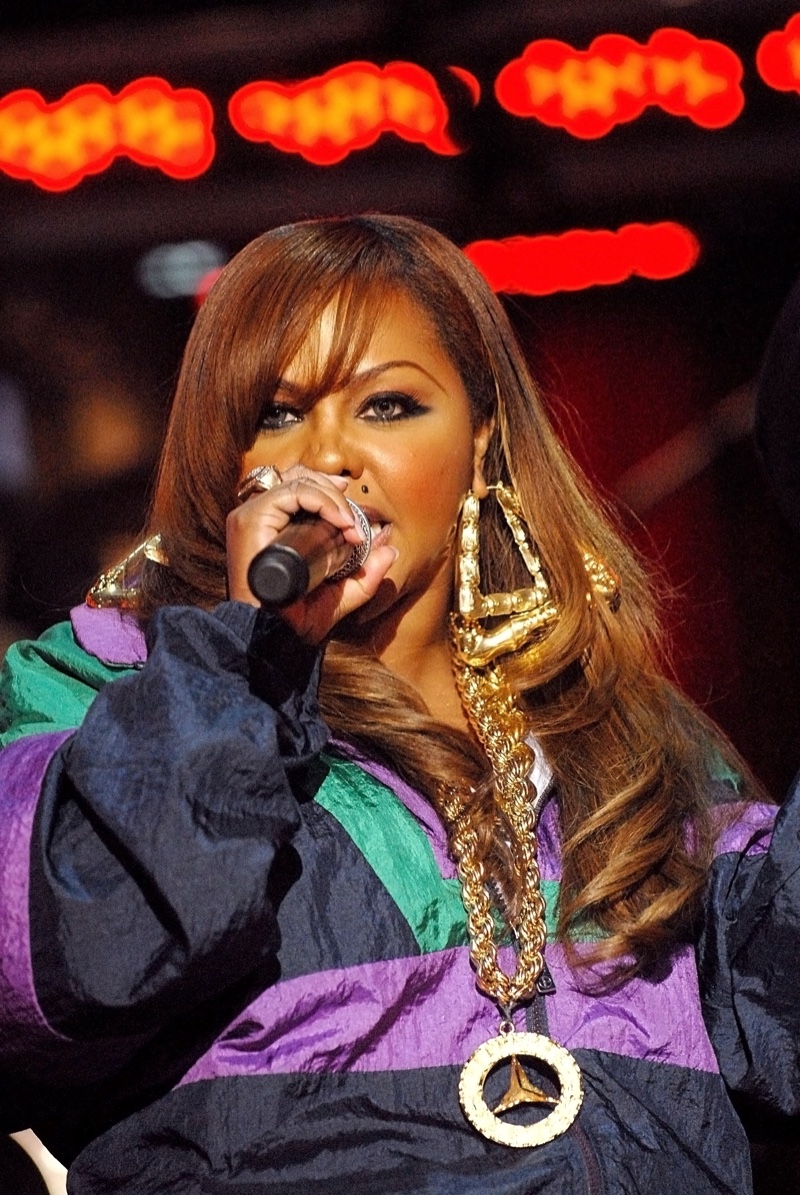
Hip-hop fashion has profoundly transformed since its inception in the late 1970s and early 1980s. Initially mirroring the gritty reality of urban streets with tracksuits, t-shirts, leather bomber jackets, and bucket hats, it soon embraced a transformation in the ’90s with luxury designer brands, big logos, and vibrant colors.
Iconic rappers like Lil Kim, LL Cool J, and Notorious B.I.G. played pivotal roles in integrating high fashion with streetwear, ushering in an era where Gucci and Versace became as commonplace in music videos as in elite boutiques.
The 2000s saw the rise of hip-hop moguls launching their own brands, cementing the genre’s influence on global fashion trends. Today, hip-hop fashion is mainstream fashion and can be seen everywhere.
The Significance of Sneaker Culture
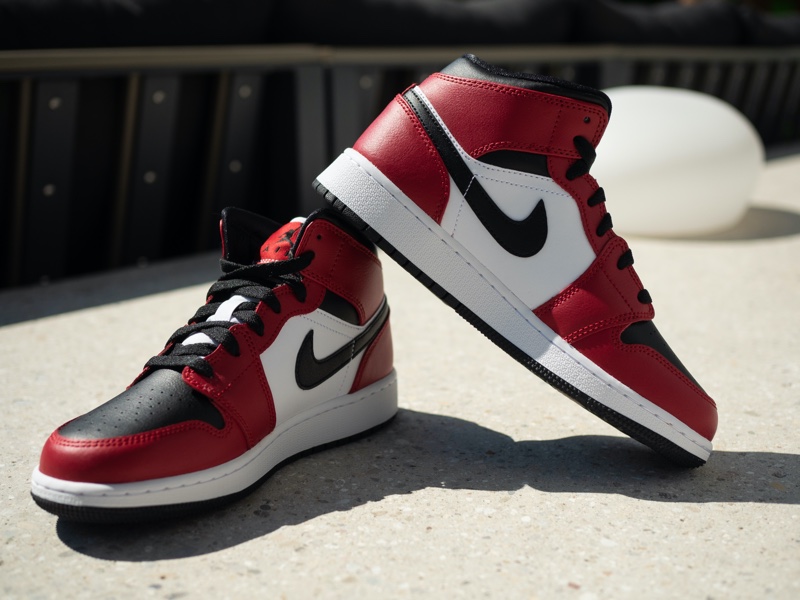
Sneaker culture is a cornerstone of streetwear and hip-hop fashion, capturing a blend of aesthetics, personal identity, and social status.
Its roots can be traced back to the basketball courts and breakdancing circles of the 1970s and ’80s, where sneakers like the Adidas Superstar and Nike Air Jordan became symbols of style.
Over the decades, this fascination has grown into a global phenomenon, with limited-edition releases and collaborations between artists, designers, and major brands generating enthusiasm amongst sneakerheads.
Celebrating the Impact of Black Fashion Designers Throughout History
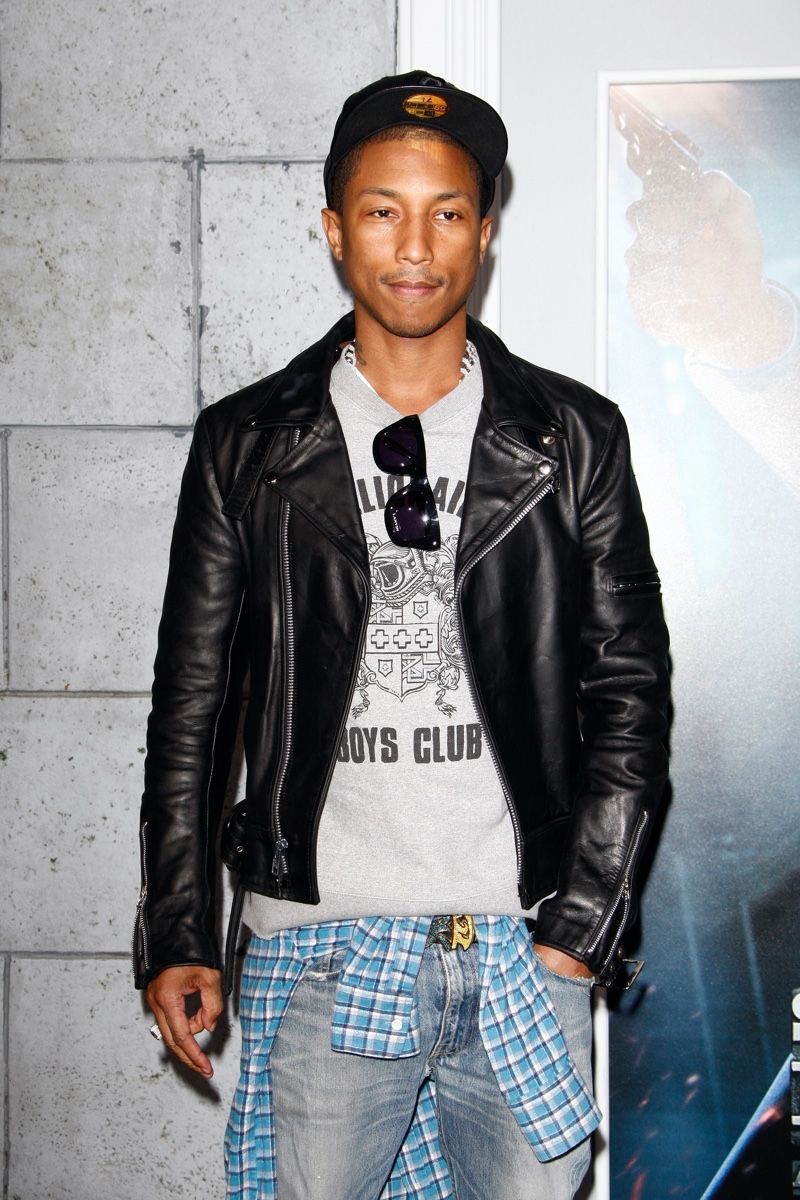
The fashion landscape has been shaped significantly by the pioneering work of Black designers. Names like Ann Lowe, who designed Jackie Kennedy’s wedding dress, and Dapper Dan, who helped define streetwear in the 1980s, have played pivotal roles in the evolution of fashion.
Others have infused high-fashion runways with bold expressions of cultural identity and avant-garde silhouettes, creating conversations that redefine what fashion means in our society.
In more recent years, a burgeoning wave of black-owned fashion brands are redefining the industry norms. Fashion is inclusive and accessible to a diverse range of consumers. From luxury lines to bespoke streetwear, Black designers are at the helm of a movement that champions representation, authenticity, and empowerment through fashion.
- With his brand Off-White and work for Louis Vuitton, the late Virgil Abloh has significantly influenced the luxury fashion scene and opened the door for future generations of Black talent.
- Tracy Reese, known for her vibrant, feminine pieces, has become an advocate for sustainable fashion and diversity within the industry.
- Telfar, founded by Telfar Clemens, is celebrated for its unisex designs and democratic approach to fashion, famously earning the adoration of icons like Beyoncé. The designer won a CFDA American Accessories Designer of the Year Award.
Black Supermodels & Diversity Initiatives in the Fashion Industry
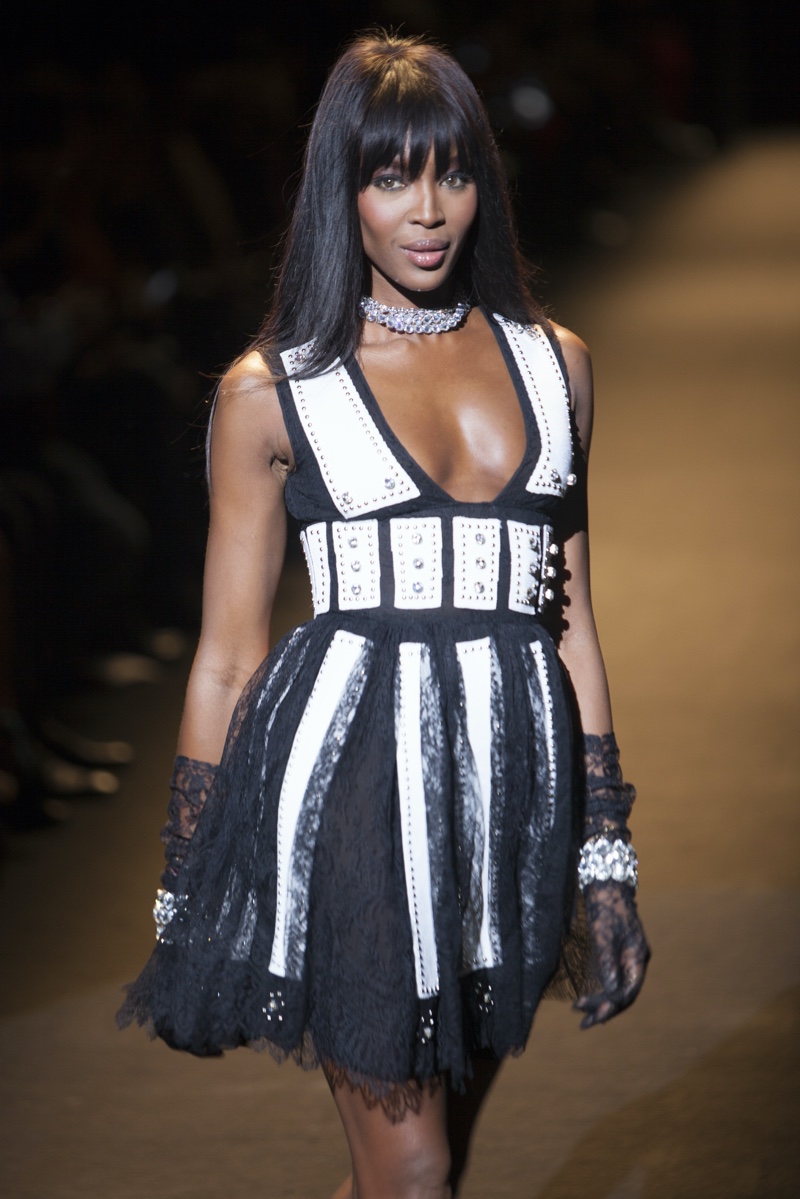
Black supermodels have played a pivotal role in shaping the fashion industry as we know it. More than just faces gracing the world’s top fashion magazines and runways, they have inspired young women and changed beauty standards.
From trailblazers like Naomi Campbell, Tyra Banks, and Beverly Johnson to current icons like Adwoa Aboah and Duckie Thot, Black models have broken barriers and paved the way for a more diverse representation in fashion.
While progress has been made, examining diversity and representation remains vital to addressing the fashion industry’s historical shortcomings.
Initiatives like the Black Girls Coalition, co-founded by Bethann Hardison, and the Black in Fashion Council advocate for representation equality.
The Tradition of Headwraps & Hair
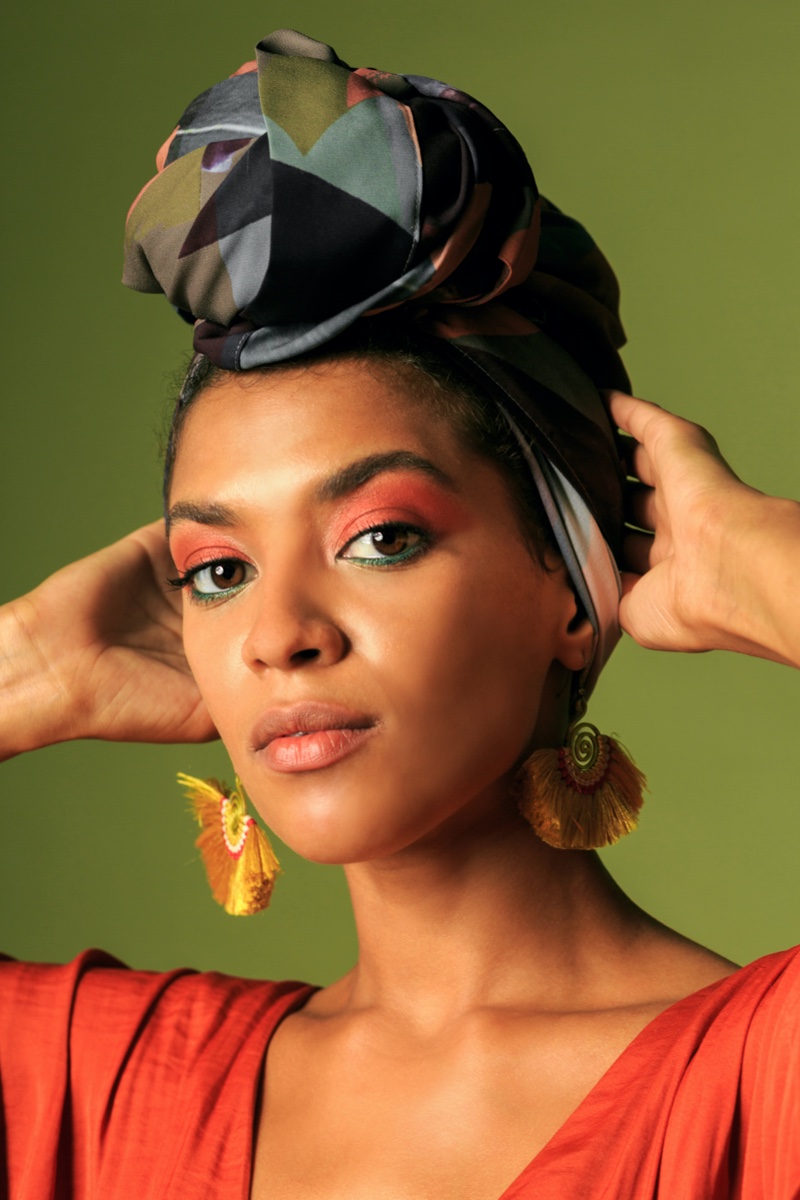
The tradition of headwraps and African hairstyles in Black culture extends beyond mere fashion. They serve as symbols of identity, status, and community ties. Intricate braids, cornrows, and twists have been passed down throughout generations. During enslavement in the Americas, headwraps like the tignon took on additional layers of meaning.
They became tools of resistance and messages of solidarity among enslaved women. Like Nigeria’s gele and Zimbabwe’s dhuku, headwraps embody pride and heritage, transcending their original functionality.
Today, they remain versatile fashion statements. Similarly, African hairstyles, with their rich diversity and cultural significance, are treasured for their artistry, storytelling capacity, and role in preserving history.
The Social Media Effect
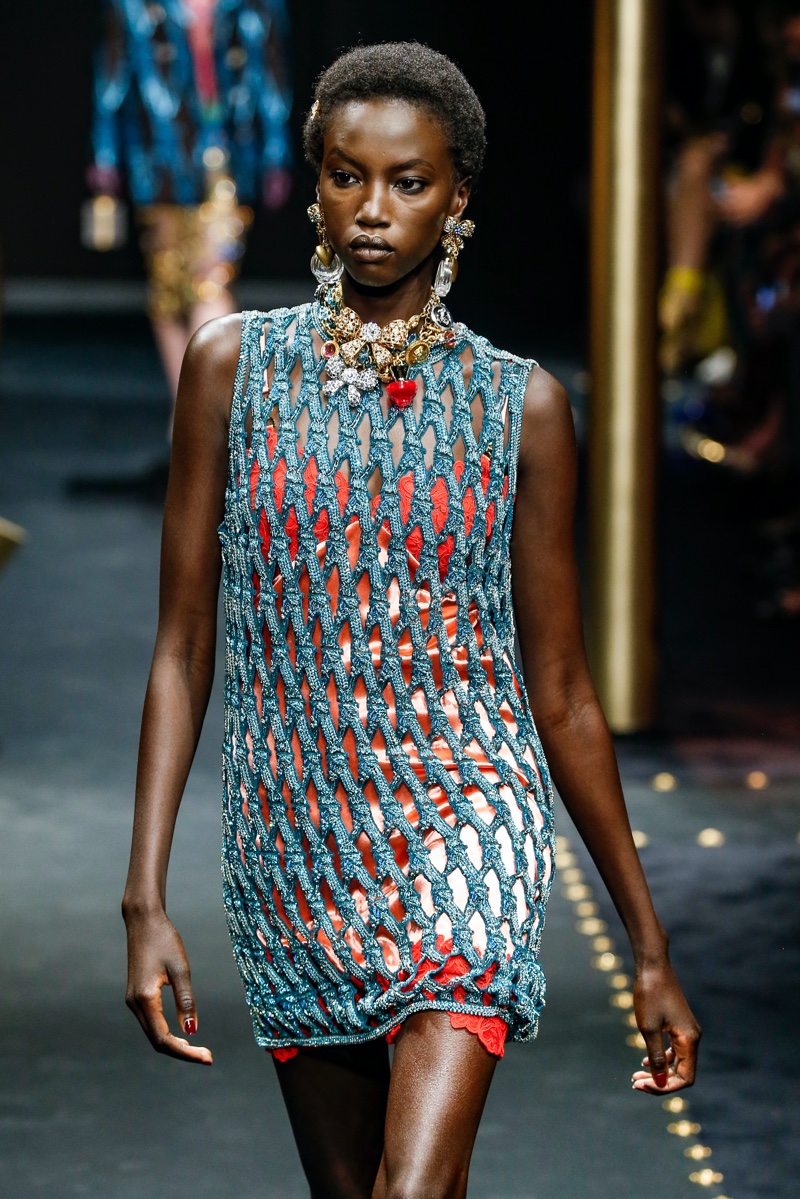
Social media and digital platforms have revolutionized how Black fashion is celebrated and disseminated globally. These digital arenas have become pivotal in amplifying the voices of Black designers, models, and influencers who historically faced barriers in the traditional fashion industry.
Among others, Instagram, Twitter, and YouTube have enabled a direct connection between creators and a global audience, fostering a community that champions diversity and representation. This democratization of fashion has challenged longstanding norms, making fashion more inclusive and accessible.
Threads of Change
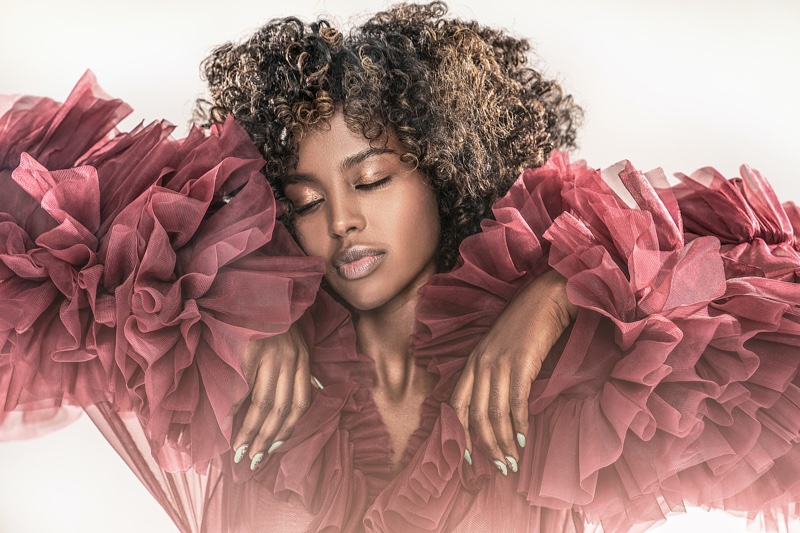
The story of Black fashion and history is a powerful reminder of how deeply culture influences style, merging past struggles with present creativity. Rich with resilience and innovation, it shows fashion reflects identity and a form of resistance.
From the elegance of the Harlem Renaissance to the statement-making attire of hip-hop, each era showcases a community reclaiming its voice through fashion.
Let’s continue to advocate for a more inclusive and dynamic fashion landscape, ensuring the story of Black fashion remains vibrant and influential.
